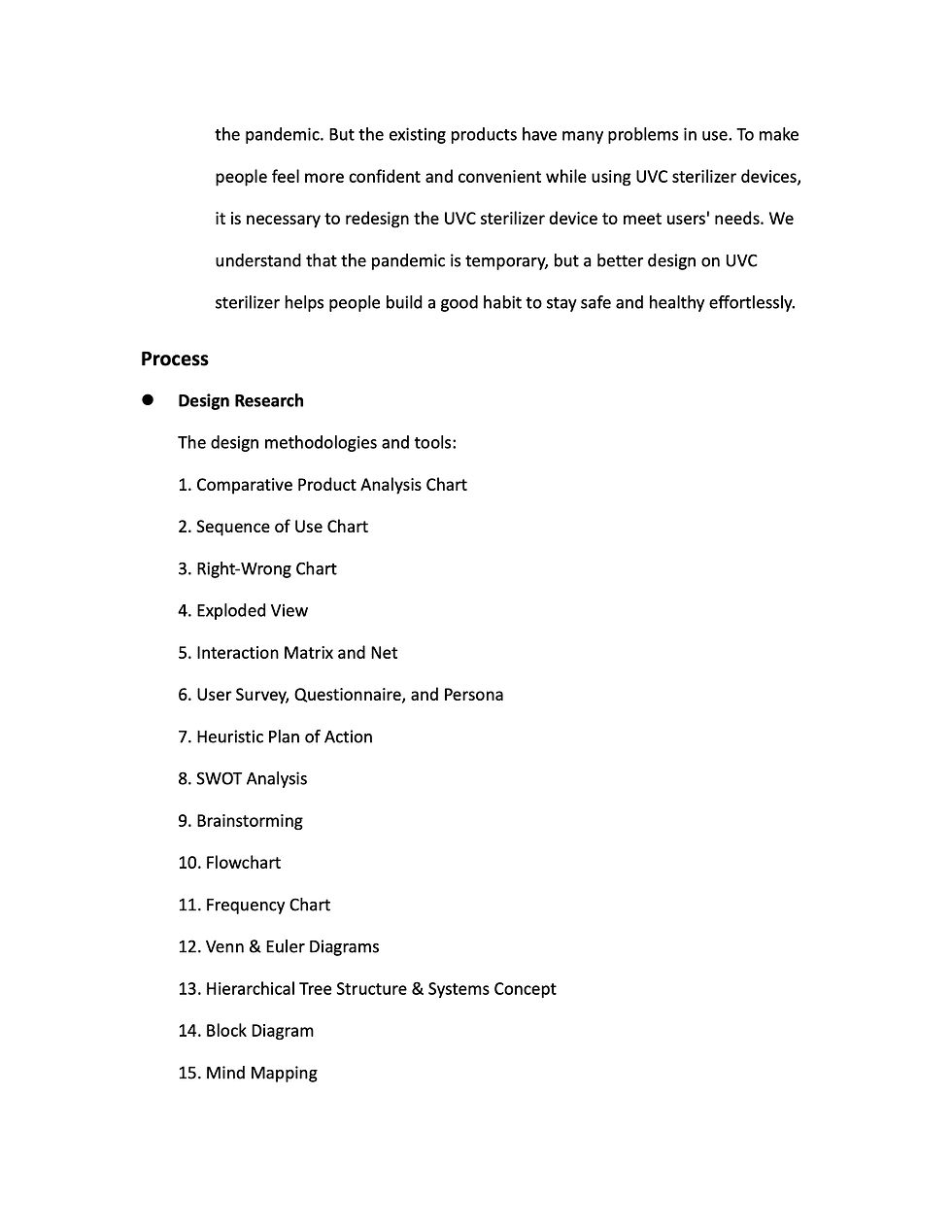
3.1 Design Brief

A design brief is a written document for a design project developed by a designer or design team
in consultation with the client.
The design brief outlines the deliverables and scope of the project including any products or works
(function and aesthetics), timing and budget.
It can be used for many projects including those in the fields of architecture, interior design
and industrial design.
Design briefs are used to evaluate the effectiveness of a design after it has been produced and during the creation process to keep the project on track and on budget.
Some firms rely on design briefs more than others, but there is a move towards greater accountability
in the design process, and thus, many people find them most useful.
They usually change over time and are adjusted as the project scope evolves.
Often, they are signed off by the client and designer at set stages in the project.
Design Brief Example:
3.1.1 Design Process Checklist
-
The Process: a series of actions or steps taken in order to achieve a particular end.
-
The Activity: the condition in which things are happening or being done.
-
The Event: a thing that happens, especially one of importance.
-
The Time: a moment or definite portion of time allotted, used, or suitable for a purpose.
-
The Cost: require the payment of a specified sum of money before it can be acquired or done.
-
The Resource: a stock or supply of money, materials, staff, and other assets that can be drawn on by
a person or organization in order to function effectively.
The Process
Phase and Steps.
-
The Phase are:
1. Design Research
2. Design Development
3. Design Presentation
-
The Steps correlate to: The Circular Design Process
The Activity
Event to Event.
This what we do during the design process.
The Activity can be defined as a Link. (Refer to the Making Toast TED Talk video.)
The Event
This is the deliverable.
The Event can be defined as a Node. (Refer to the Making Toast TED Talk video.)
It Includes size, quantity and other details.
The Time
The total hours it takes to complete the Event.
The Time Formula:
A = Pessimistic Time
n = Most Probable Time
B = Optimistic Time
Example:
The time it takes you to walk from Haley Center to J&M Bookstore,
purchase ten markers and return to Haley Center.
A = Pessimistic Time = 48 minutes
n = Most Probable Time = 30 minutes
B = Optimistic Time = 24 minutes
The Cost
Cost can be figured on 3 times the base salary.
Determine the base salary for the designer.
X = the base salary
2X = for overhead
3X = for professional know how (profit)
The Resource
Used to list notes, website address, and other information that pertains to the project.
- The checklist is based on the Circular Design Process -
Design Process Checklist Example:


















